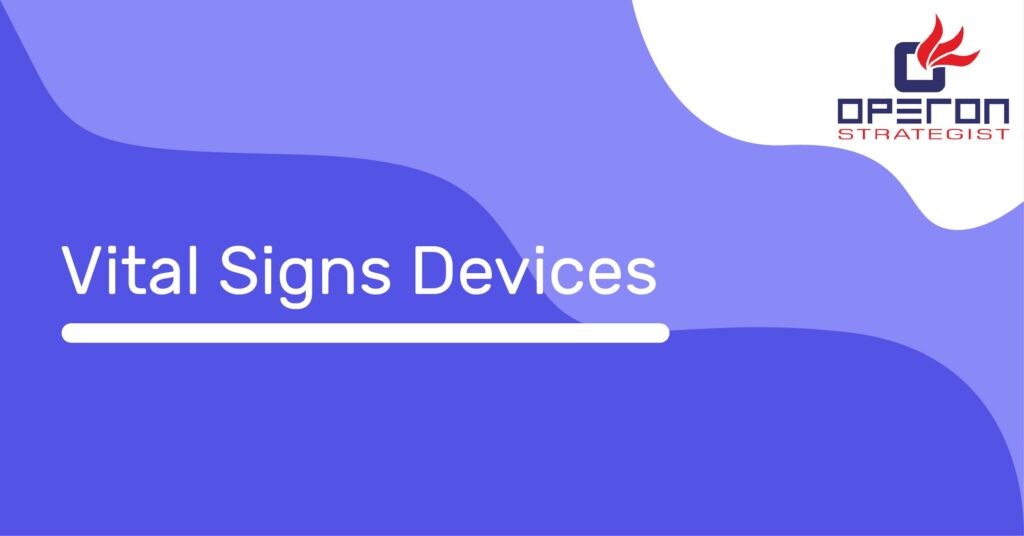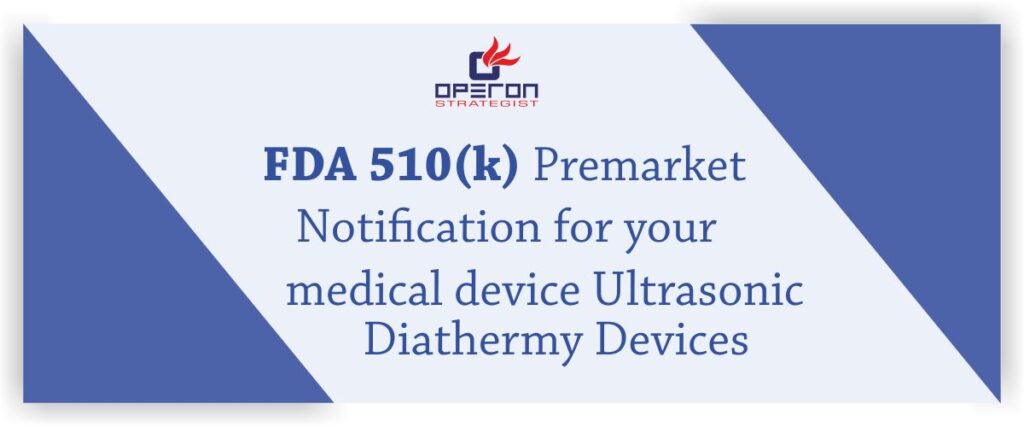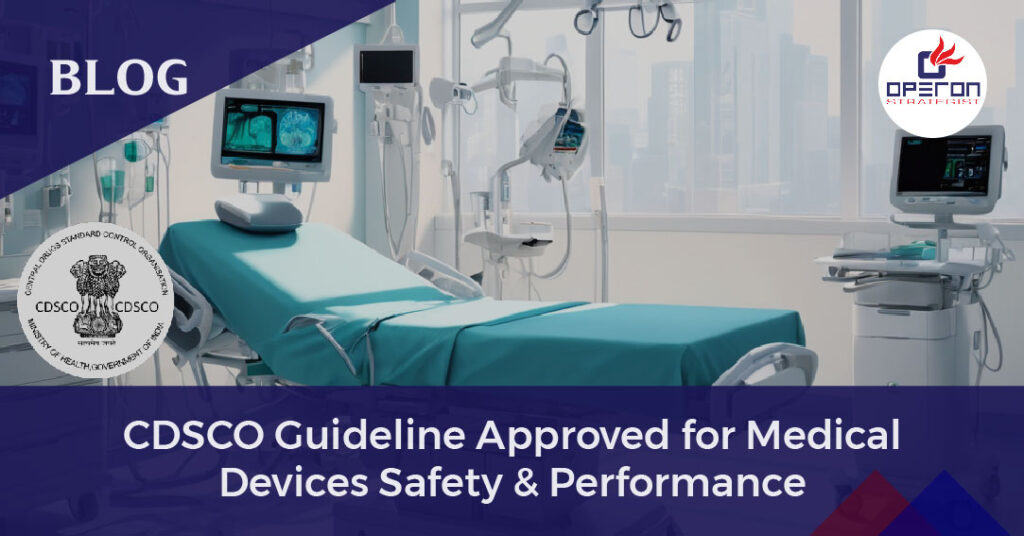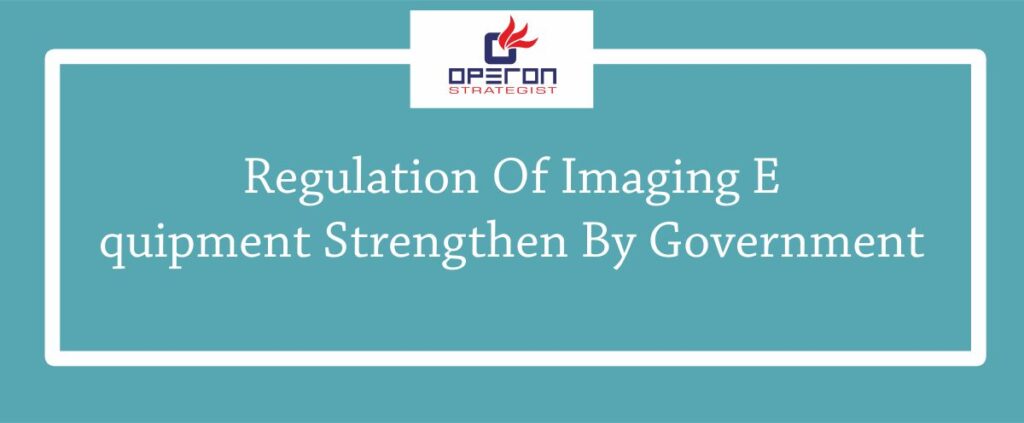Introduction
Vital signs devices are essential tools in the medical field, providing critical information about a patient’s physiological state. These devices monitor key indicators such as heart rate, blood pressure, respiratory rate, and body temperature. In this blog, we will delve into the manufacturing processes of vital signs devices, explore their types, and discuss the regulatory compliance required to bring these devices to market.
Types of Vital Signs Devices
- Blood Pressure Monitors: These devices measure systolic and diastolic blood pressure. They come in various forms, including manual, automatic, and ambulatory monitors.
- Pulse Oximeters: Used to measure the oxygen saturation level in the blood and pulse rate. They are commonly used in hospitals, clinics, and home settings.
YOU CAN ALSO READ our blog on Blood Pressure Monitors
Looking For a Medical Device Regulatory Consultant?
Let’s have a word about your next project
3. Thermometers: Devices for measuring body temperature, ranging from traditional mercury thermometers to digital and infrared models.
4. Respiratory Rate Monitors: These devices monitor the number of breaths per minute, crucial for detecting respiratory issues.
5. Electrocardiograms (ECGs): Used to measure the electrical activity of the heart over a period, providing insights into heart health.
6.Capnographs: Measure the concentration of carbon dioxide in exhaled air, essential for patients under anesthesia or in intensive care.
Manufacturing Process
1. Design and Development
The process begins with the design and development phase, where engineers and designers collaborate to create a device that meets medical standards and user needs. This phase includes:
- Conceptualization: Identifying the needs and defining the device’s functionality.
- Prototyping: Creating initial models to test and refine the design.
- Usability Testing: Ensuring the device is user-friendly and meets the needs of healthcare professionals and patients.
2. Component Sourcing
High-quality components are crucial for the reliability and accuracy of vital signs devices. Manufacturers source components such as sensors, microprocessors, displays, and batteries from reputable suppliers.
3. Assembly
The assembly process involves:
- Component Integration: Assembling the individual components into a functional device.
- Quality Control: Rigorous testing to ensure each device meets predefined standards.
4. Calibration and Testing
Calibration ensures the device provides accurate readings. Each device undergoes extensive testing to verify its performance under various conditions. This step is critical to maintaining the device’s reliability and accuracy.
5. Packaging and Sterilization
The final step involves packaging the devices in sterile conditions to prevent contamination. Proper packaging ensures the devices remain safe and effective until they reach the end-user.
For expert manufacturing plant layout design for medical devices and turnkey project solutions. Contact us today.
Regulatory Compliance
United States: FDA Regulations
In the United States, the Food and Drug Administration (FDA) regulates medical devices, including vital signs monitors. Manufacturers must comply with FDA guidelines, which include:
- 510(k) Premarket Notification: Demonstrating that the device is safe and effective by comparing it to a legally marketed device.
- Good Manufacturing Practices (GMP): Ensuring products are consistently produced and controlled according to quality standards.
- Labeling Requirements: Providing clear and accurate information on device packaging and instructions.
European Union: CE Marking
In the European Union, vital signs devices must obtain CE marking to be marketed. Compliance involves:
- Medical Device Regulation (MDR): Meeting the requirements outlined in MDR 2017/745.
- Notified Body Assessment: Independent assessment by a notified body to ensure compliance with regulations.
- Post-Market Surveillance: Ongoing monitoring of device performance and safety once it is on the market.
Other Regions
- India: Central Drugs Standard Control Organization (CDSCO) oversees medical device regulation. Manufacturers must obtain approval and ensure compliance with Indian Medical Device Rules.
- Saudi Arabia: The Saudi Food and Drug Authority (SFDA) regulates medical devices, requiring manufacturers to adhere to SFDA guidelines for market approval.
Conclusion
Vital signs devices play a critical role in healthcare, providing essential data for patient care. The manufacturing process of these devices involves rigorous design, testing, and quality control to ensure accuracy and reliability. Regulatory compliance is crucial for market approval and maintaining safety standards. As technology advances, the development of vital signs devices will continue to evolve, improving patient care and outcomes.
By understanding the intricacies of manufacturing and regulatory compliance, manufacturers can successfully bring innovative and effective vital signs devices to market, ultimately contributing to better healthcare worldwide.
For expert regulatory compliance and consulting services to successfully launch your vital signs devices, contact Operon Strategist today.
Partner with Operon Strategist for Your Vital Signs Device Needs
Navigating the complexities of manufacturing and regulatory compliance for vital signs devices can be challenging, but Operon Strategist is here to help. With extensive expertise in medical device regulations and a commitment to excellence, we offer comprehensive consulting services to ensure your devices meet all regulatory standards and market requirements. Our team of experts provides tailored solutions for USFDA 510(K), CE marking, CDSCO, and SFDA compliance, offering end-to-end support from initial concept to market launch. Partner with Operon Strategist to bring your vital signs devices to market efficiently and effectively. Contact us today.
- adminhttps://operonstrategist.com/author/admin-2/
- adminhttps://operonstrategist.com/author/admin-2/
- adminhttps://operonstrategist.com/author/admin-2/
- adminhttps://operonstrategist.com/author/admin-2/




